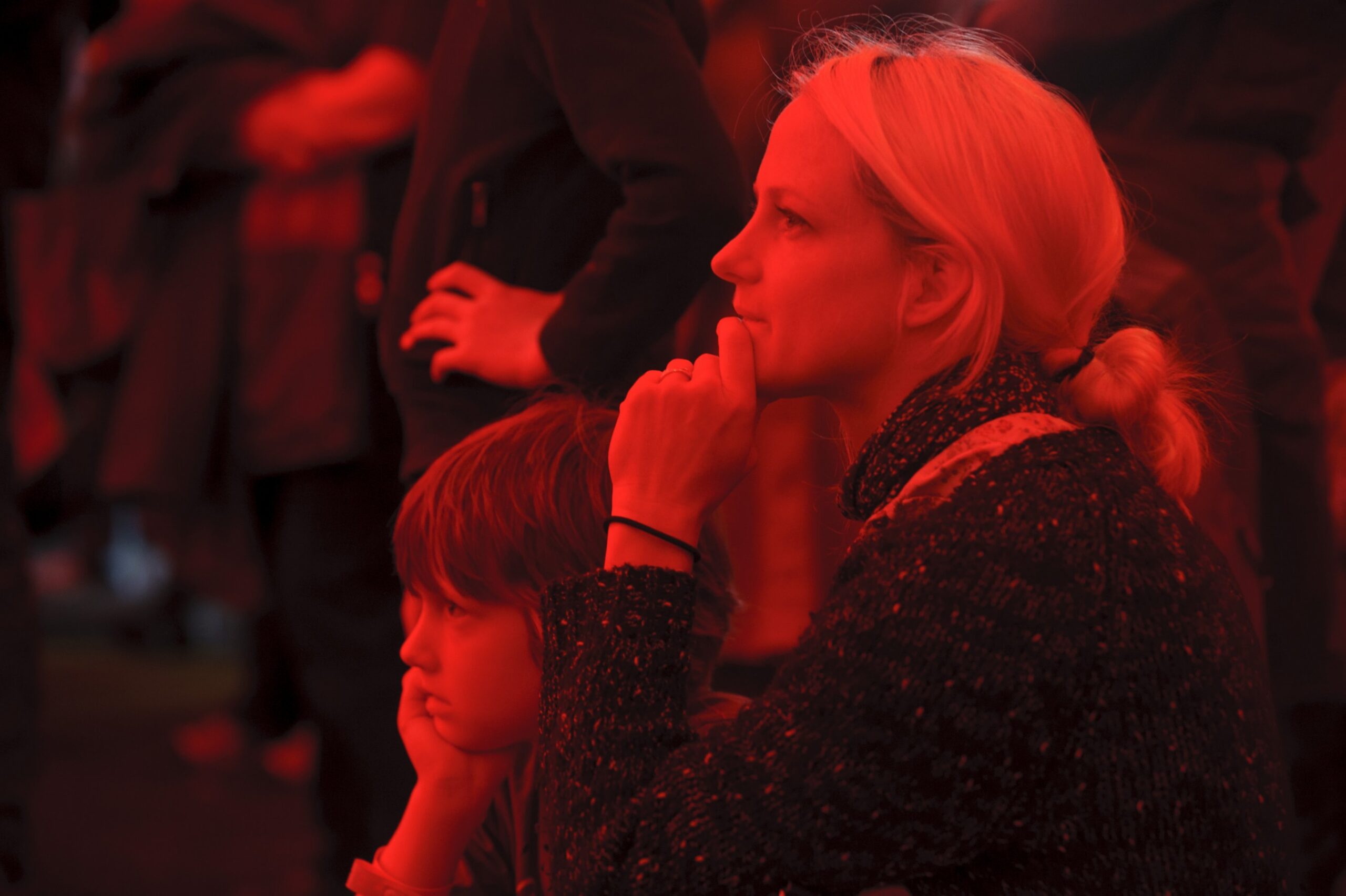
Why audiences attend
After collecting more than 100,000 survey responses, Leo Sharrock and Helen Palmer can reveal the main reason people attend the arts.
It may not come as much of a surprise that when surveyed through the Audience Agency’s Audience Finder programme across England, the overwhelming majority of audiences for the performing arts (85%) and music (87%) respond that the wish ‘to be entertained’ is among the commonly stated reasons for attending. The second most commonly stated reason is to spend time with friends and family (49%). Yet in a week when the BBC has been criticised by the government for producing too much light entertainment output, why does the arts sector so often shy away from describing entertaining experiences in language and through content that would resonate with audiences? Does this suggest that audiences are making decisions based on the opportunities for collective experiences rather than just focusing on the choice of product? Could this account for the growth in site-specific and immersive arts experiences and large-scale, mass participation events?
Why does the arts sector so often shy away from describing entertaining experiences in language and through content that would resonate with audiences?
Over the last two years, more than 100,000 surveys have been completed by people attending cultural organisations in Audience Finder, with more than 13,000 of these giving feedback on their motivations for attending. This growing knowledge base for the cultural sector is providing new insight into arts attendance behaviours and characteristics, and helping cultural organisations to better understand their audiences to inform programming and marketing decision-making.
Results suggest that being entertained is not necessarily a universal driver, with significant variances in responses. In the visual arts sector, for example, audiences cited intellectual stimulation (45%) and inspiration (44%) as important drivers for attendance. More than a third (37%) of these visitors also stated that they attend art galleries because the visual arts are an important part of who they are, highlighting their personal identification with the artform as a significant factor in their decision to attend (more than for all other artforms). Interestingly, the desire to be entertained was cited as the single most important motivation for a visit by only 12% of those questioned, in comparison with 52% for the performing arts and 57% for music. Similarly, 34% of music audiences stated that the artform is an important part of who they are, thereby highlighting the personal significance of self-fulfilment and identity.
Spending time with family and friends is the main reason audiences attend the outdoor arts, more than any other artform at 29%, and 58% cited this as an important factor in their decision-making, though factors concerning the creative experience are also important. ‘Enjoying the atmosphere’ was cited as another significant factor in attending outdoor arts, again more than any other artform.
These insights clearly demonstrate the importance of building relationships with audiences based on their motivational behaviour, and how important the shared experience is in relation to their decision-making. Providing opportunities for audiences and visitors to share their experiences, before, during (where possible) and after attendance is becoming increasingly significant with the growing dominance of mobile technology.
So could this insight help the cultural sector prioritise creating engaging content that exploits these motivational factors in audiences’ decision-making? How can we proactively solicit useful dialogue with audiences and respond more effectively to feedback that in turn can be used to inform future decision-making? There are many cultural organisations that have integrated social media into their communications with audiences and understand the importance of changing their tone of voice and messaging for different on and offline channels. But could we be tailoring our messaging more effectively to tap into the emotional needs of audiences?
There are plenty of useful tools that cultural organisations can mine for best practice in all aspects of audience development, marketing, research and communications, such as CultureHive and Culture Case. Those national portfolio organisations (NPOs) and museums that are participating in our Audience Finder programme can now monitor changes in audience behaviour year on year and benchmark their data within their geographical area and artform. The ability to interrogate data on audience behaviour in the short to long term in a consistent way enables cultural organisations to use data-driven insight to inform future planning. (From this month non-NPOs can now join Audience Finder for free to gain access to a range of resources and to contribute towards the growing pool of audience data, thereby building our collective knowledge and intelligence on a local, regional and national basis.)
Anne Torregiani, our Chief Executive, commented on these findings and how Audience Finder is helping individual organisations and the sector overall: “Now that we really have a flow of big data coming in from across the sector, it has been an eye-opening privilege to look at the emerging trends and patterns. Like this first glance at audience motivations, they pose big questions about what we do, where we do it and who we do it for. But this is not a private privilege. Audience Finder is about building the big picture for everyone’s benefit, and over the coming year, we will be putting our efforts into making it visible and accessible.’’
So we shouldn’t be afraid of the term ‘entertainment’ and if it’s what our audiences are looking for then maybe we should reclaim it from those that think it has no value.
Leo Sharrock is Head of Data Strategy and Helen Palmer is Communications Advisor at the Audience Agency.
This article, sponsored and contributed by the The Audience Agency, is in a series sharing insights into the audiences for arts and culture.
Join the Discussion
You must be logged in to post a comment.